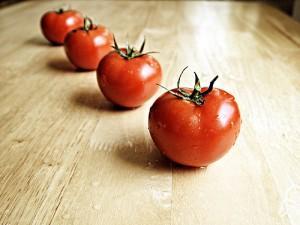
It’s no secret that we have a water problem. Now, a major groundwater reserve in the Midwest is facing depletion though irrigation, drinking water and industrial uses, a recent study found.
Agricultural areas in Texas and Kansas will run dry within the next few decades, a study by Bridget Scanlon, senior research scientist at the University of Texas at Austin’s Bureau of Economic Geology, found.
“Irrigated agriculture in much of the southern High Plains is unsustainable,” Scanlon told LiveScience.com.
Irrigation accounts for about a third of the nation’s fresh water use, according to the U.S. Geological Survey. Most of that water comes from the surface , but withdrawals from groundwater made up only 23 percent of irrigation supply in 1950. In 2000, they made up 42 percent.
This increase is unsustainable, but our consumption of fresh water — via fruits, vegetables, corn, and the meat corn is raised on — continues to grow.
In California, some farmers are trumpeting a low-water technique to deal with the lack of water. Dry farming, which is said to produce smaller, better-tasting produce, uses much less water. Farmers water plants at the beginning of the season, then go without irrigation for the remainder of the summer.
According to growers interviewed by NPR, yields can be, by weight, up to 90 percent less than with traditional techniques, but the produce is better.
Irrigation itself can also be improved. Conventional flood irrigation systems waste much more water (which turns into runoff) than sprinkler or drip systems.
Then again, Americans waste up to 40 percent of our food. Cutting down that statistic would help reduce our water usage — and our methane production, as well.




